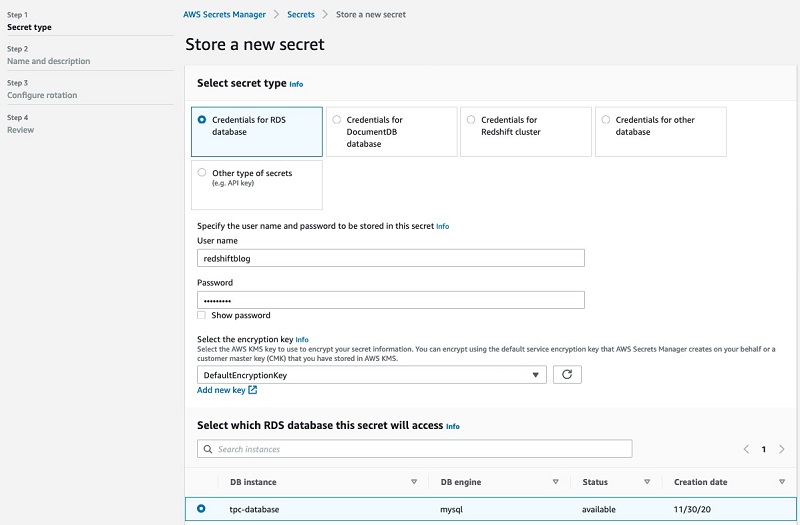AWS Big Data Blog
Category: Amazon Aurora
Accelerating Amazon Redshift federated query to Amazon Aurora MySQL with AWS CloudFormation
Amazon Redshift federated query allows you to combine data from one or more Amazon Relational Database Service (Amazon RDS) for MySQL and Amazon Aurora MySQL databases with data already in Amazon Redshift. You can also combine such data with data in an Amazon Simple Storage Service (Amazon S3) data lake. This post shows you how […]
Announcing Amazon Redshift federated querying to Amazon Aurora MySQL and Amazon RDS for MySQL
Since we launched Amazon Redshift as a cloud data warehouse service more than seven years ago, tens of thousands of customers have built analytics workloads using it. We’re always listening to your feedback and, in April 2020, we announced general availability for federated querying to Amazon Aurora PostgreSQL and Amazon Relational Database Service (Amazon RDS) […]
Bringing machine learning to more builders through databases and analytics services
Machine learning (ML) is becoming more mainstream, but even with the increasing adoption, it’s still in its infancy. For ML to have the broad impact that we think it can have, it has to get easier to do and easier to apply. We launched Amazon SageMaker in 2017 to remove the challenges from each stage […]
Create data science environments on AWS for health analysis using OHDSI
This blog post demonstrates how to combine some of the OHDSI projects (Atlas, Achilles, WebAPI, and the OMOP Common Data Model) with AWS technologies. By doing so, you can quickly and inexpensively implement a health data science and informatics environment.
Combine Transactional and Analytical Data Using Amazon Aurora and Amazon Redshift
A few months ago, we published a blog post about capturing data changes in an Amazon Aurora database and sending it to Amazon Athena and Amazon QuickSight for fast analysis and visualization. In this post, I want to demonstrate how easy it can be to take the data in Aurora and combine it with data in Amazon Redshift using Amazon Redshift Spectrum.




